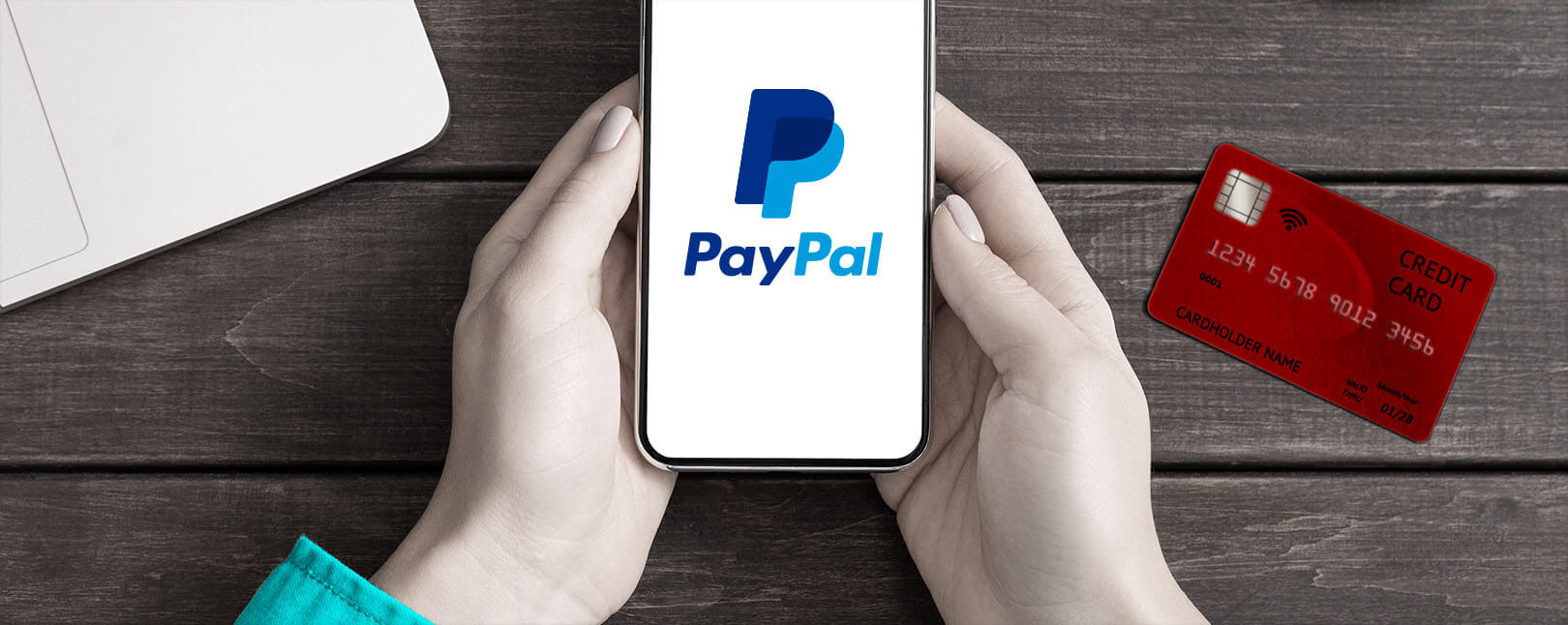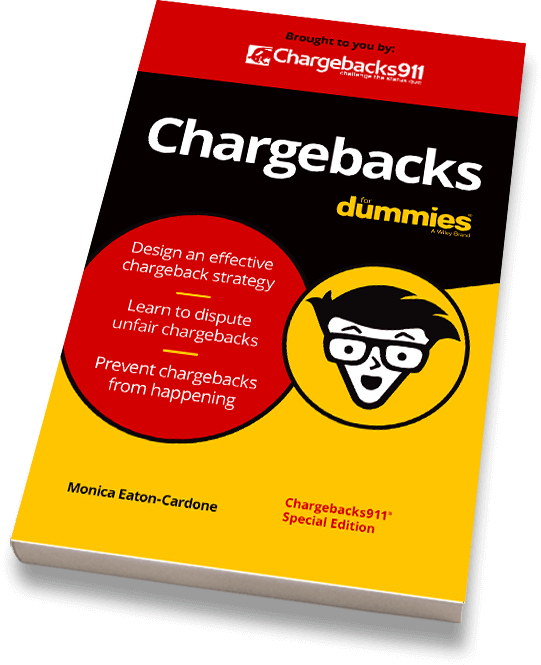Your guide to using PayPal as a payment facilitator. We cover the PayPal chargeback process for both merchants and consumers—specifically, how the platform stacks up against other service providers in terms of protections for both parties.
Explore the PayPal Chargebacks Library
View article library
If you’ve ever done any online shopping, odds are that you’ve at least heard of PayPal. With roughly 360 million active users, Pay is by far the world’s largest online payment system. In fact, nearly 90% of online shoppers use PayPal.
PayPal users—both buyers and sellers—count on the company to provide safe online transactions. But how does the service work? Is it a viable option for merchants and cardholders? And, does it offer any real protection against PayPal chargebacks or fraud attacks?
Let’s take a closer look at some of the benefits and challenges of PayPal’s services.
PayPal Holdings, Inc. is a financial technology company primarily known for facilitating online money transfers between buyers and sellers. By connecting a user’s payment card to an “electronic wallet,” the company provides a safe alternative to traditional payment channels such as checks.
Besides security, the comprehensiveness of PayPal's services is perhaps its greatest feature. The free app offers peer-to-peer transfers. They also facilitate payment processing for online vendors, allowing for bill-pay options, interest-free “buy now/pay later” services, and more. Users can pay through a connected bank account or credit card, with rewards or QR codes, or even with cryptocurrencies.
There are multiple other reasons for both buyers and sellers to consider PayPal as well:

Chargebacks for Dummies
Chargebacks can wreak havoc on your cash flow and profitability. This FREE paperback book is your guide for preventing chargebacks and, when they happen, fighting them more effectively.
So, there are clear benefits to using PayPal to conduct payments. Of course, there are some drawbacks to using PayPal as well:
Another unique aspect of PayPal payments is that users can dispute charges. There’s an important distinction to make here between a PayPal dispute and a PayPal chargeback.
PayPal facilitates payments in two basic ways. On one hand, merchants can accept payments from customers directly through PayPal. They can also let customers pay through PayPal using a credit card. In this case, PayPal works like the merchant’s acquiring bank.
If something goes wrong, though, the buyer may want to undo the purchase. If they made the purchase through PayPal Checkout, the buyer may dispute the charge directly through PayPal. This is an internal matter between two PayPal users and could be eligible for PayPal dispute resolution.
The merchant and the buyer will need to try and work out the situation themselves first. If they cannot, then the dispute can be escalated to a claim. PayPal will then step in to mediate.
Learn about PayPal disputes & claims
The PayPal Resolution Center is a portal that lets merchants and buyers deal directly with each other to resolve issues. Merchants aren’t assessed a fee for this, and all parties benefit from faster claim resolution. By comparison, a conventional bank chargeback could take weeks, or even months, to resolve.
Customers can use the PayPal Resolution Center to report transaction issues or ask PayPal to investigate a potential problem with a transaction.
Sellers can respond to customer inquiries and transaction problems. The feature is a great resource for buyer/merchant collaboration and dispute resolution.
That said, the PayPal Resolution Center is only an option for transactions conducted using PayPal’s payment services. If the customer bypassed both PayPal and the merchant to file a chargeback with the bank, it means PayPal is only serving as a merchant processor and acquirer. The dispute center will not be able to help.
Learn about the PayPal Resolution Center
That covers PayPal disputes. Circumstances change, however, if the buyer used a credit card, and PayPal was merely facilitating the purchase while operating as the merchant acquirer. In this case, the buyer must contact the bank for a PayPal chargeback to get their money back.
A PayPal chargeback occurs when a customer does not use a PayPal account, bypassing PayPal and going straight to the bank to contest a payment. In that case, resolving the dispute is out of PayPal’s control. Regardless of the PayPal chargeback policy, what happens next is at the issuer’s discretion.
If the issuer finds in the cardholder’s favor, the bank will withdraw the funds from the merchant’s PayPal account. The funds get returned to the buyer, while the merchant loses out on the revenue.
What if the cardholder’s claim is incorrect or invalid, though? In this scenario, PayPal will assist the merchant in communicating with the bank and collecting information about the transaction. However, that’s about as far as their involvement goes. It’s ultimately up to the merchant to manage PayPal chargebacks.
If a merchant receives a chargeback on the PayPal platform, the business will incur a PayPal chargeback fee in the currency of the original transaction listing. The company deducts this non-refundable fee directly from the merchant’s account.
The amount of the fee varies depending on the currency used. For example, the PayPal chargeback fee is currently set at $20 for transactions conducted using US Dollars.
Again, however, PayPal differentiates between outside chargebacks and internal disputes. PayPal dispute fees apply to transactions disputed via their online dispute resolution process.
If a merchant’s PayPal dispute ratio exceeds 1.5% and they processed more than 100 sales transactions in the previous three calendar months, they will be charged a high-volume dispute fee (in the US, $30 per dispute). Otherwise, they’ll pay the Standard $15 Dispute fee for each dispute.
Learn more about PayPal chargeback fees
As described above, a PayPal chargeback occurs when a customer side-steps PayPal and the merchant altogether and approaches their bank to receive a refund. This means the case will be handled by the cardholder’s issuing bank rather than PayPal.
In most cases, cardholders have 120 days to file a chargeback. However, the time limit will depend on the card brand, as well as the chargeback reason code tied to the chargeback.
Once a chargeback has been filed, the merchant has ten days to respond. Otherwise, the chargeback will be finalized. If the merchant wants to fight the chargeback, though, this process could be extended by several weeks or even months.
Learn about PayPal chargeback time limits

Learn More Simple Ways to
Prevent Chargebacks
Save time and protect your revenue with more insider tips and strategies for chargeback prevention. This FREE guide details 50 techniques for shutting down chargebacks before they happen.
PayPal offers three payment protection programs to safeguard both buyers and sellers. Each one provides a different type of protection, but the three are often confused because the names are so similar. Here’s a quick breakdown of them:
There’s good news: the strategies merchants use to prevent PayPal chargebacks are largely the same ones they would use to prevent chargebacks under any other circumstances. Merchants simply need to:
Learn how to prevent PayPal chargebacks
Ease of use, a diverse range of features, and solid name recognition combine to make PayPal a good option for both consumers and merchants to consider. PayPal is a reputable company with the highest safety and consumer protection standards in place. They even offer additional programs to ensure buyers and sellers are treated fairly.
That said, the service isn’t perfect, which can be especially true when it comes to customer disputes. The company’s protections are limited, but a PayPal chargeback can be every bit as much a headache as one from the bank.
True fraud prevention and risk mitigation requires a more comprehensive approach. To learn about chargeback management help that goes beyond the minimal assistance offered through PayPal and other processors, talk to Chargebacks911® about a free chargeback analysis today.



